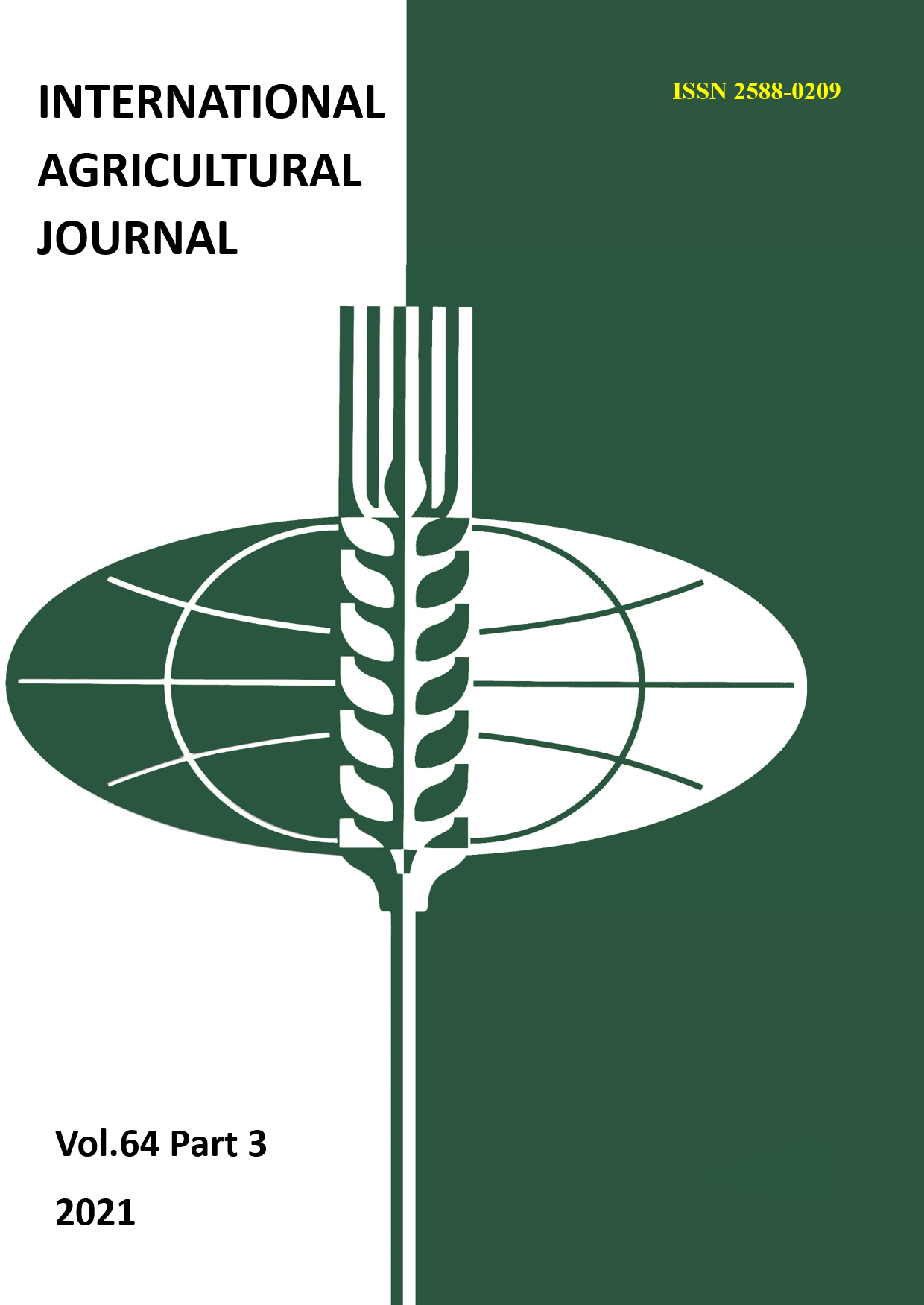STRATEGIC APPROACHES TO PRICING IN FOOD MARKETS
Main Article Content
Abstract
The article examines the features of pricing strategies in the context of product development during its life cycle in the food markets. The strategies of market pricing and cost-based pricing are summarized. Defined and characterized by the main elements of pricing models based on costs and in accordance with market requirements. The key factors of the organization's orientation regarding the choice of the pricing strategy are highlighted. It was found that more than 60% of the surveyed companies rely on the cost of the product to determine the price. At the same time, managers who do not specialize in a narrow functional segment and have a much higher level of knowledge about the market are more inclined to rely on the requirements of the market in the process of determining prices, while managers who specialize in various functional areas are more likely to resort to pricing based on based on cost price. The approaches to pricing depending on the influence and knowledge of information about consumers and competitors are presented. An overview of pricing approaches based on market reaction is made: intentional overpricing, pricing based on product value in the process of use, pricing based on perceived value, pricing for individual segments, pricing for strategically important customers, pricing on the basis of "plus one", and also presented characteristics of approaches to price determination based on cost: base price, cost plus margin, pricing to increase market share, seller price guaranteeing the minimum price, price to ensure the competitiveness of the proposal, price for short-term revenue maximization.
Article Details
References
2. Tarasevich V. M. Tsenovaya politika predpriyatiya. - M.: Piter, 2020. - 272 c.
3. Upravlenie roznichnym marketingom / Pod red. D. Gilberta. M.: INFRA-M, 2017. 571 s.
4. Best R. Marketing ot potrebitelya. M.: Mann, Ivanov, Ferber, 2008. – 760 s.
5. Kotler F., Keller K.L. Marketing menedzhment. SPb.: Piter, 2018. 848 s.
6. Gladkikh I. V. Tsenovaya strategiya kompanii. Orientatsiya na potrebitelya. M.: Vysshaya shkola menedzhmenta, 2015. - 472 c.
7. Dzhon L. Deili. Ehffektivnoe tsenoobrazovanie – osnova konkurentnogo preimushchestva. – M.: Vil'yams, 2017. - 304 c.
8. Bazdnikin A. S. Tseny i tsenoobrazovanie. - M.: Yurait, 2016. - 332 c.
9. Skuba R.V. Osobennosti nematerial'no-veshchestvennogo kontinuuma roznichno-torgovogo produkta regional'noi kommercheskoi organizatsii // Ehkonomika i predprinimatel'stvo – 2019 – №5 – S. 357.
10. Morris M., Morris G. (1990). Market-Orient Pricing. Publisher Bisnes Books, 354 p.
11. Donal R., Simon H. (1966). Power Pricing. Publisher Free Press, 268 p.
12. Nagle T., Holder R. (1995). The Strategy and Tactics of Pricing. Publisher Prentice Hall, 288 p.

